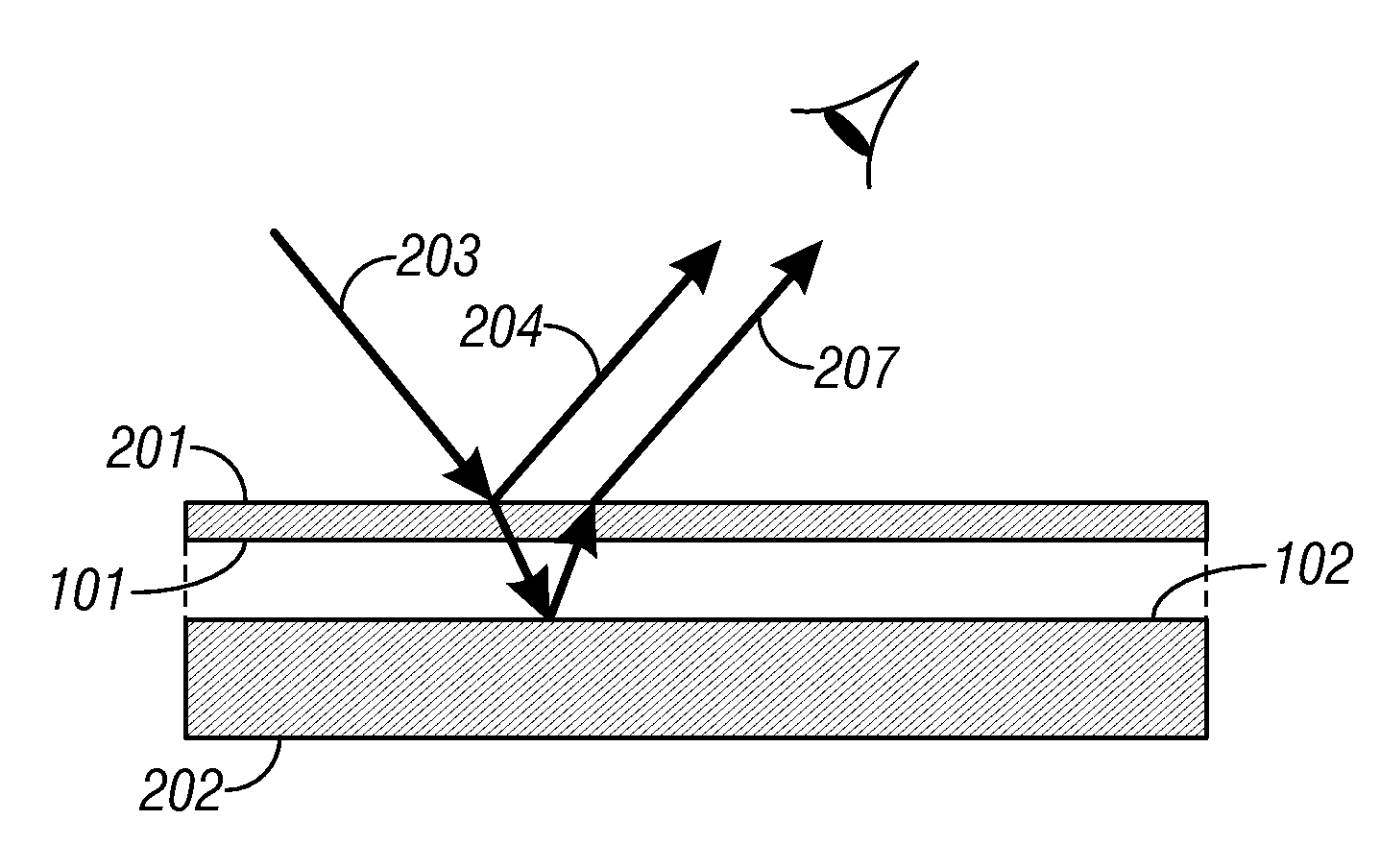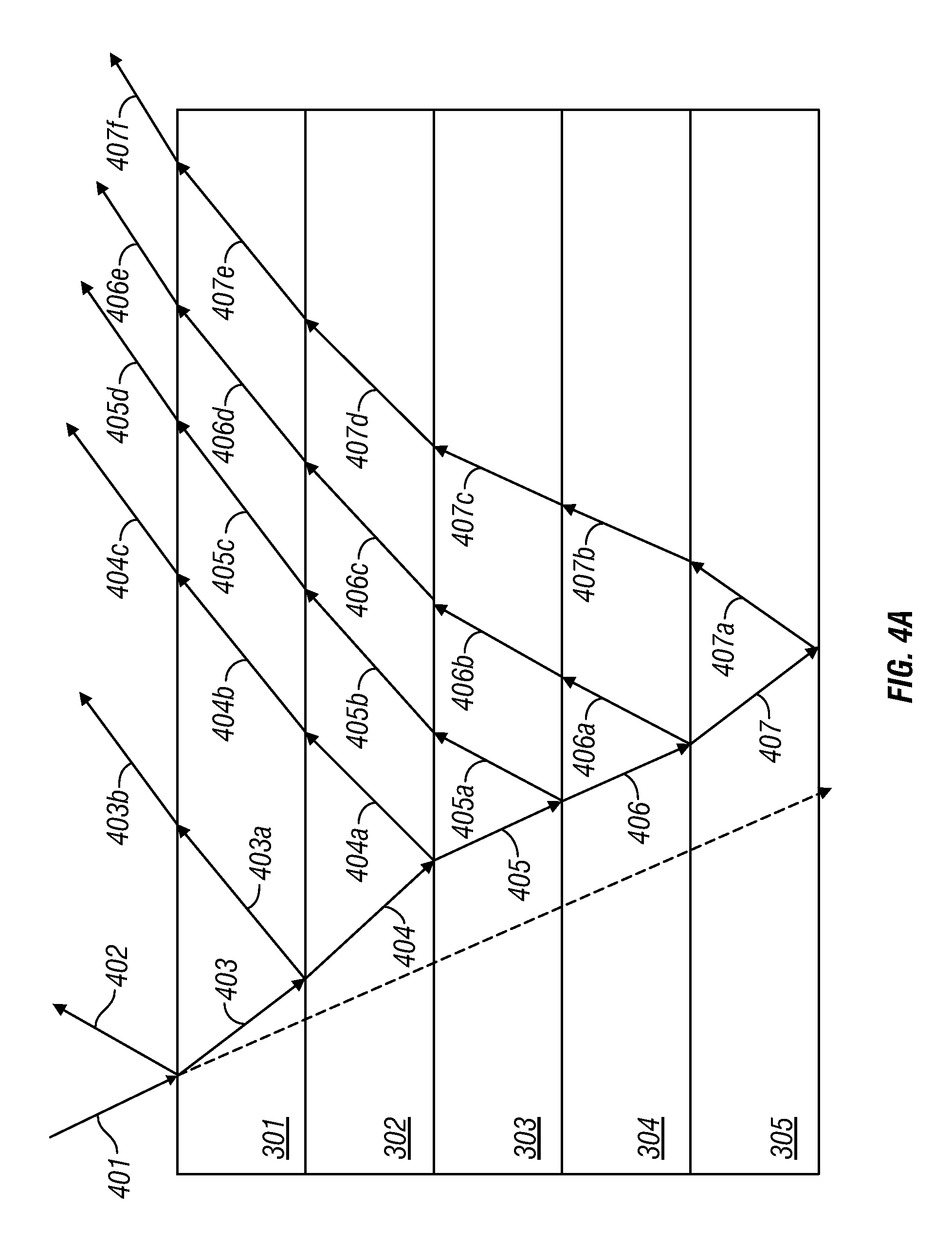Multijunction photovoltaic cells
a photovoltaic cell and multi-junction technology, applied in the direction of sustainable manufacturing/processing, climate sustainability, semiconductor devices, etc., can solve the problems of increasing the amount of light absorbed, affecting the supply of such fuel, and affecting the availability of fossil fuels. , to achieve the effect of increasing the amount of ligh
- Summary
- Abstract
- Description
- Claims
- Application Information
AI Technical Summary
Benefits of technology
Problems solved by technology
Method used
Image
Examples
Embodiment Construction
[0097]The following detailed description is directed to certain specific embodiments of the invention. However, the invention can be embodied in a multitude of different ways. In this description, reference is made to the drawings wherein like parts are designated with like numerals throughout. As will be apparent from the following description, the embodiments may be implemented in any device that comprises a photovoltaic material. MEMS devices may be coupled to photovoltaic devices as described herein below.
[0098]An optically transparent dielectric film or layer such as shown in FIG. 1 is an example of an optical resonant cavity. The dielectric film or layer may comprise a dielectric material such as glass, plastic, or any other transparent material. An example of such an optical resonant cavity is a soap film which may form bubbles and produce a spectrum of reflected colors. The optical resonant cavity shown in FIG. 1 comprises two surfaces 101 and 102. The two surfaces 101 and 1...
PUM
 Login to View More
Login to View More Abstract
Description
Claims
Application Information
 Login to View More
Login to View More - R&D
- Intellectual Property
- Life Sciences
- Materials
- Tech Scout
- Unparalleled Data Quality
- Higher Quality Content
- 60% Fewer Hallucinations
Browse by: Latest US Patents, China's latest patents, Technical Efficacy Thesaurus, Application Domain, Technology Topic, Popular Technical Reports.
© 2025 PatSnap. All rights reserved.Legal|Privacy policy|Modern Slavery Act Transparency Statement|Sitemap|About US| Contact US: help@patsnap.com



